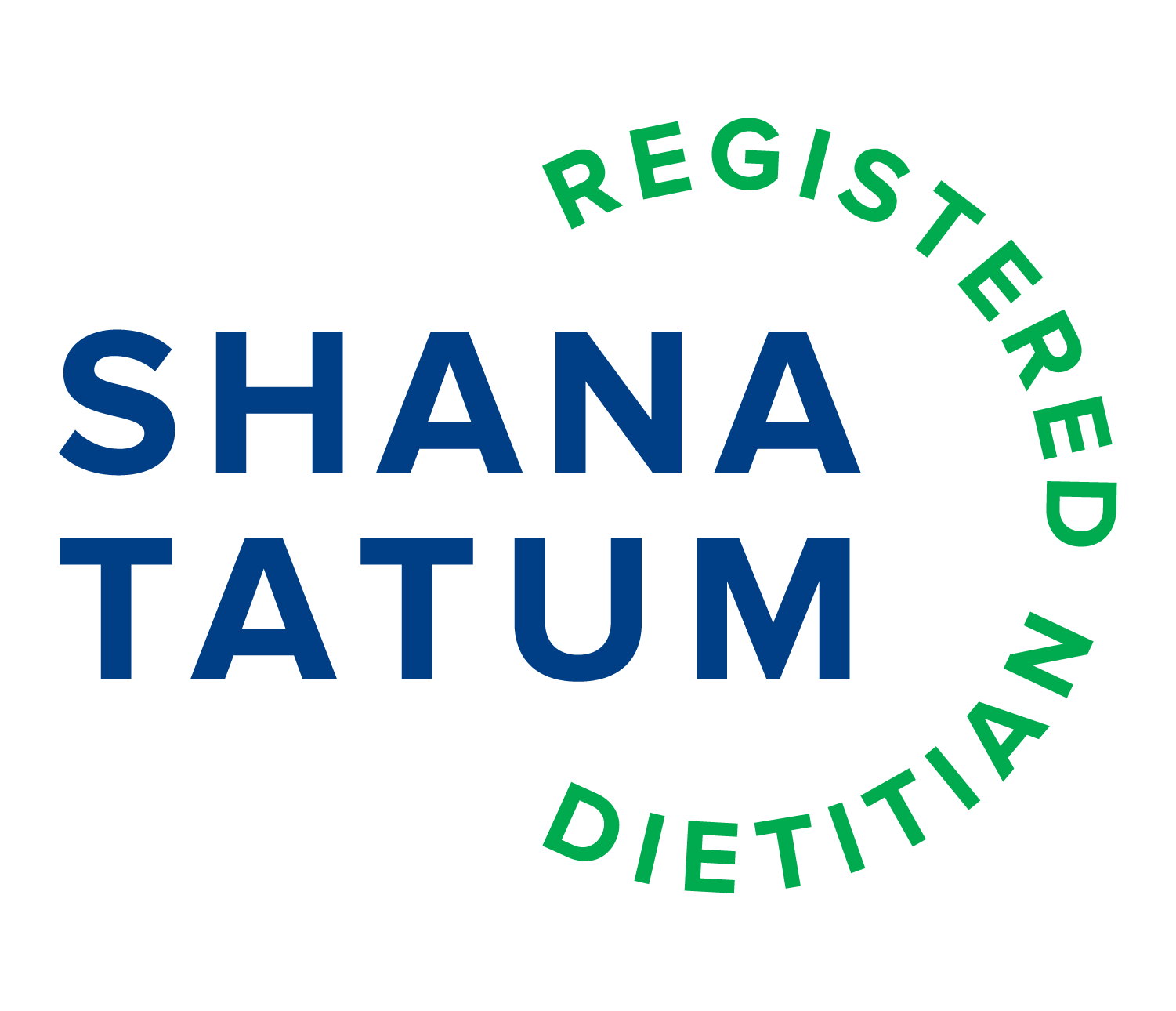Cardiovascular Health and Nutrition
February is Healthy Heart Month. With predictions based on the National Health and Nutrition Examination Survey (NHANES) modeled to the year 2060, increases in diabetes by 39.3%, hypertension by 27.2%, dyslipidemia (high cholesterol) by 27.5%, stroke by 34.3%and heart attacks by 30.1% are expected. Cardiovascular disease affects multi organs and body systems and has become a major cause of disability worldwide.
Much of the impact of cardiovascular disease can be helped or hindered by the diet. Plenty of food plans exist to help improve vascular health, reduce lipids in the blood and the harmful effects that too much glucose has on the vessel wall and the liver. A few of these food plans include the Dietary Approaches to Stop Hypertension or the DASH diet, the Mediterranean Diet, the Cardiac Diet, and a Vegetarian Diet.
Any of these food plans will likely make a difference if the mainstay of your diet is high in sodium, ultra-processed and refined foods, and alcohol. High intake of these foods are inflammatory and create oxidative stress in the body. It draws resources and energy needed for normal metabolism, detoxification, and immune function.
The focus on a plant-based food plan gets the colorful antioxidants and polyphenols onto the plate, bowl or smoothie. These fruits and vegetables provide a range of heart healthy nutrients. Minerals like magnesium, selenium and potassium, B vitamins, Omega 3 fatty acids and soluble fiber all play a role to reduce the risk of stroke and heart disease.
Micronutrient deficiencies are commonly reported in my practice. These can lead to chronic diseases such as heart failure. These nutrients work as co-factors (think of the spark plug that gets the reaction going) and are necessary for processes to work optimally. These micronutrients are needed in only small amounts and are found in many delicious sources.
Some groups are also reported to be more vulnerable to micronutrient needs. Those that may be at higher risk for deficiencies include:
Women, particularly those of child-bearing age
Black, Indigenous, and People of Color (BIPOC)
Individuals on restrictive diets
People experiencing food insecurity
Older adults
People with polypharmacy (many medications)
Individuals with certain medical conditions or disease states
If your diet is not rich in these phytonutrients and Omega 3 fatty acids, then consider talking to your healthcare provider to test your status via lab testing. Sometimes patients can make the necessary behavior changes when they see the data of how low they are in specific micronutrients or Omega 3 fatty acids. If concerned about cardiovascular health and risk, one test to talk with your provider about is called the Omega Quant. It will measure the Omega 3 fatty acids of EPA and DHA in your red blood cell membrane. The Omega Index calculated by the test reveals that an optimal level of 8% has been correlated to better cardiovascular outcomes. I can share that many of my initial patients have results of 4% or lower, highlighting the need for dietary changes.
How to get these nutrients into the diet?
It starts with diversity. These are grains, beans, fruits, vegetables, herbs and spices you can include in each dish, and the foundation of many of the heart healthy diets mentioned previously. Think about small changes you can make today.
For example:
Breakfast - what type of color could you add to your egg scramble? Red onion, mushroom, or Swiss chard, adding rosemary or thyme for additional minerals? Or maybe your smoothie is spinach, frozen cauliflower for its creamy addition and some blueberries, with a sprinkle of cinnamon or turmeric.
Lunch - could your salad bowl include arugula or red cabbage, topped with black beans or sweet potatoes, adding some microgreens for additional minerals and flavor? Or enjoy a salmon salad for its Omega 3 properties topped with green or black olives over a bed of mixed greens.
Dinner - could the sides to your baked salmon dinner include asparagus and carrots? Or taste the Mediterranean flavors of lentil soup high in fiber with tomatoes, carrots and collard greens.
So, get busy with that meal planning to bring in more color and healthy Omega 3 fatty acids. Consider speaking with your healthcare provider about testing your Omega 3 fatty acids if you have other risk factors for cardiovascular disease. You can affect your health in the daily choices you make, by eating, sleeping, and moving, it all adds up!

